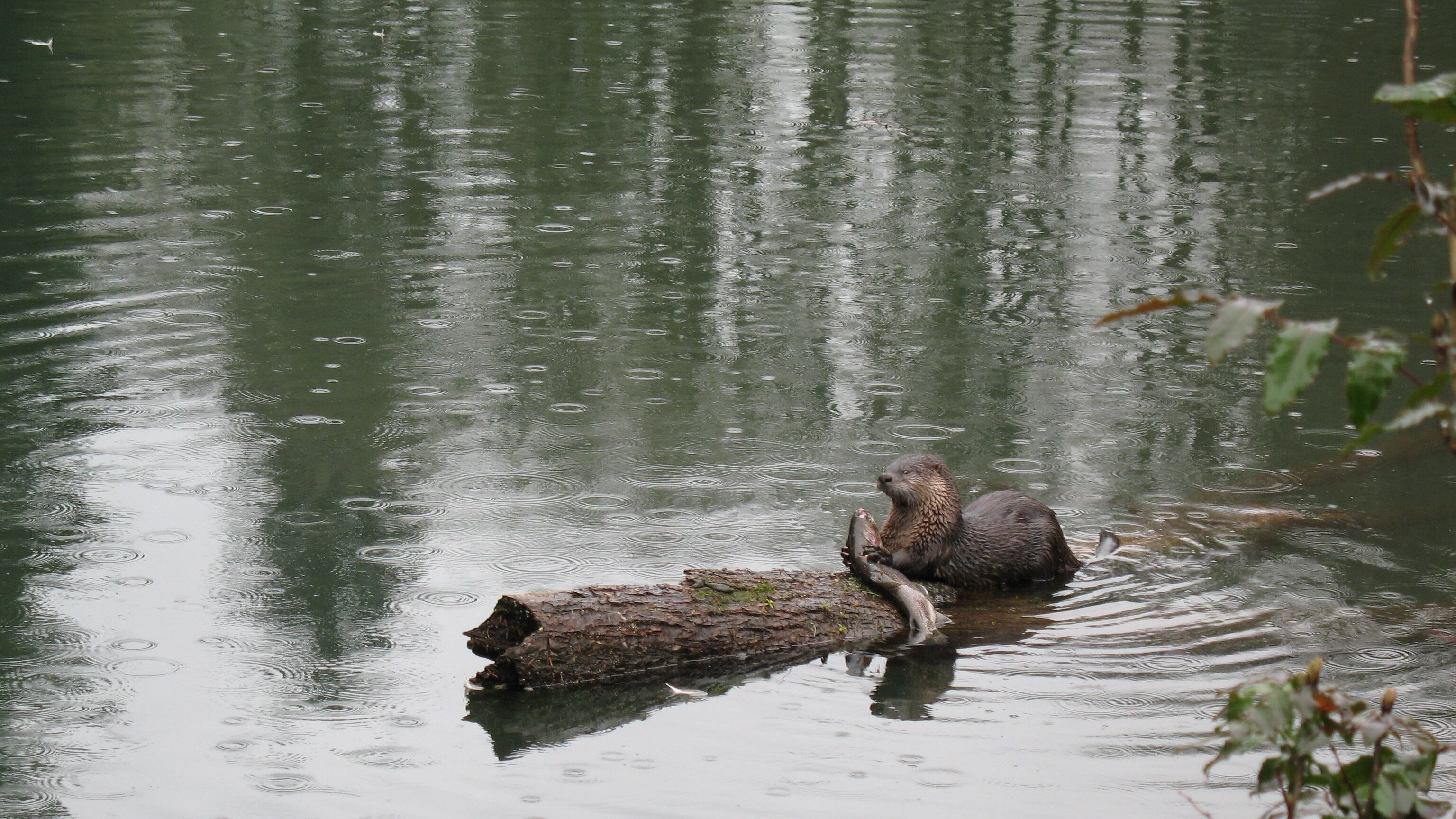Southeast Portland doesn’t normally come to mind when people think about salmon. But a small stream called Crystal Springs Creek was the first waterway in Portland to be dedicated as a salmon sanctuary. Now work is needed to keep it that way.
Metro and the city of Portland’s Bureau of Environmental Services recently pooled funds to buy a 0.7-acre parcel of property in Southeast Portland and restore a portion of Crystal Springs Creek.
The plot includes just a 230-foot section of the 2.4-mile creek, but that short stretch is important to preserve a healthy habitat for local fish and birds. Without it, salmon have a hard time getting farther upstream to colder, safer water.
“It’s like having a contiguous sidewalk or roadway. Without it, it’s possible to pass through, but it’s difficult,” says Diane Dulken, a spokeswoman for BES. “It’s about the length of a city block, but for salmon it’s a gauntlet.”
The spring-fed stream starts at Reed Lake on the Reed College campus and runs south through the Crystal Springs Rhododendron Garden and Westmoreland Park. It then joins Johnson Creek, which continues south until it joins with the Willamette River.
Being labeled a salmon sanctuary means that Crystal Springs Creek has cold water with few invasive species, few obstacles, and lots of salmon. Metro and the city say the stream supports as many as 16 different species of fish and a tiny crustacean known as the “Stumptown scud,” but is best known for its role as a rearing ground for salmon.
The creek has been the site of multiple environmental restoration projects aimed at restoring fish habitats and rearing grounds, but there are sections that contain invasive plant species and man-made obstacles and little shade to protect the fish.
BES, in tandem with local community organizations, has removed nine culverts in addition to planting trees and other vegetation along the stream. A similar effort will soon be underway along the recently purchased portion of Crystal Springs Creek.
The acquisition cost Metro and the city $685,000. Half of that money came from Portland Environmental Services, the city’s stormwater and sewage utility, while the other half came from Metro, which funded the project with money from a 2019 bond to purchase natural areas.
The land and its restoration will be managed by BES and community partners, including the Johnson Creek Watershed Council and the Crystal Springs Partnership.
